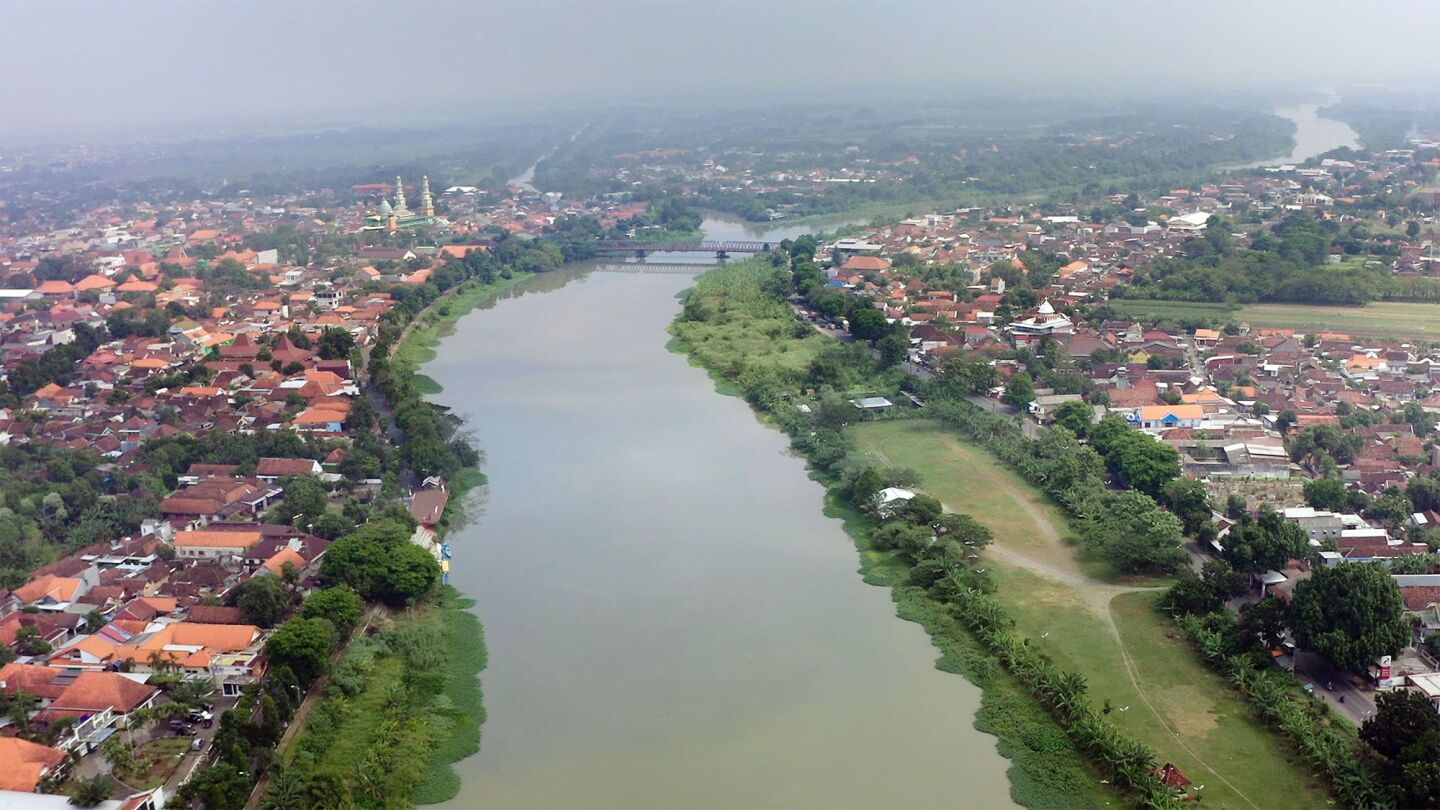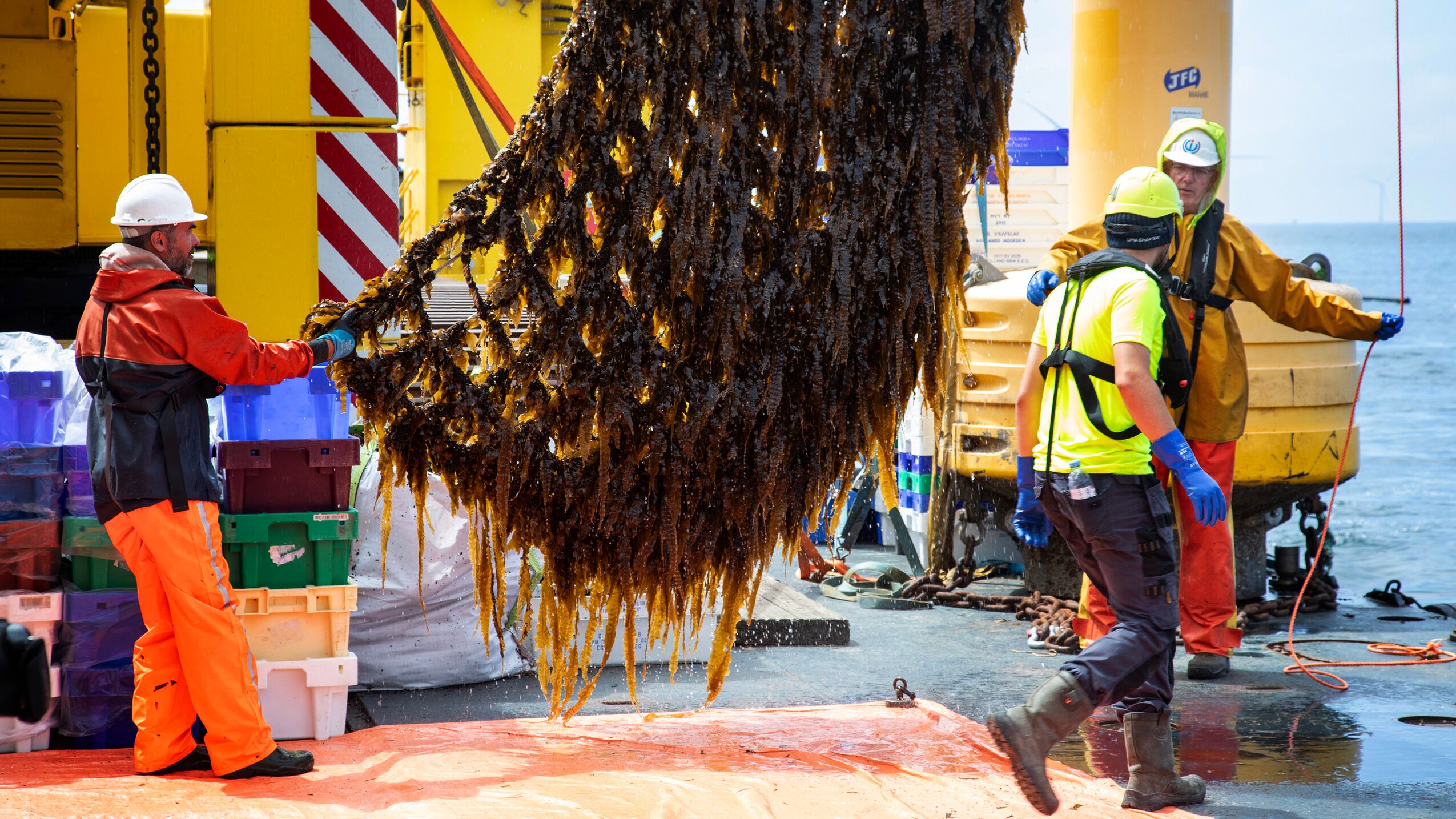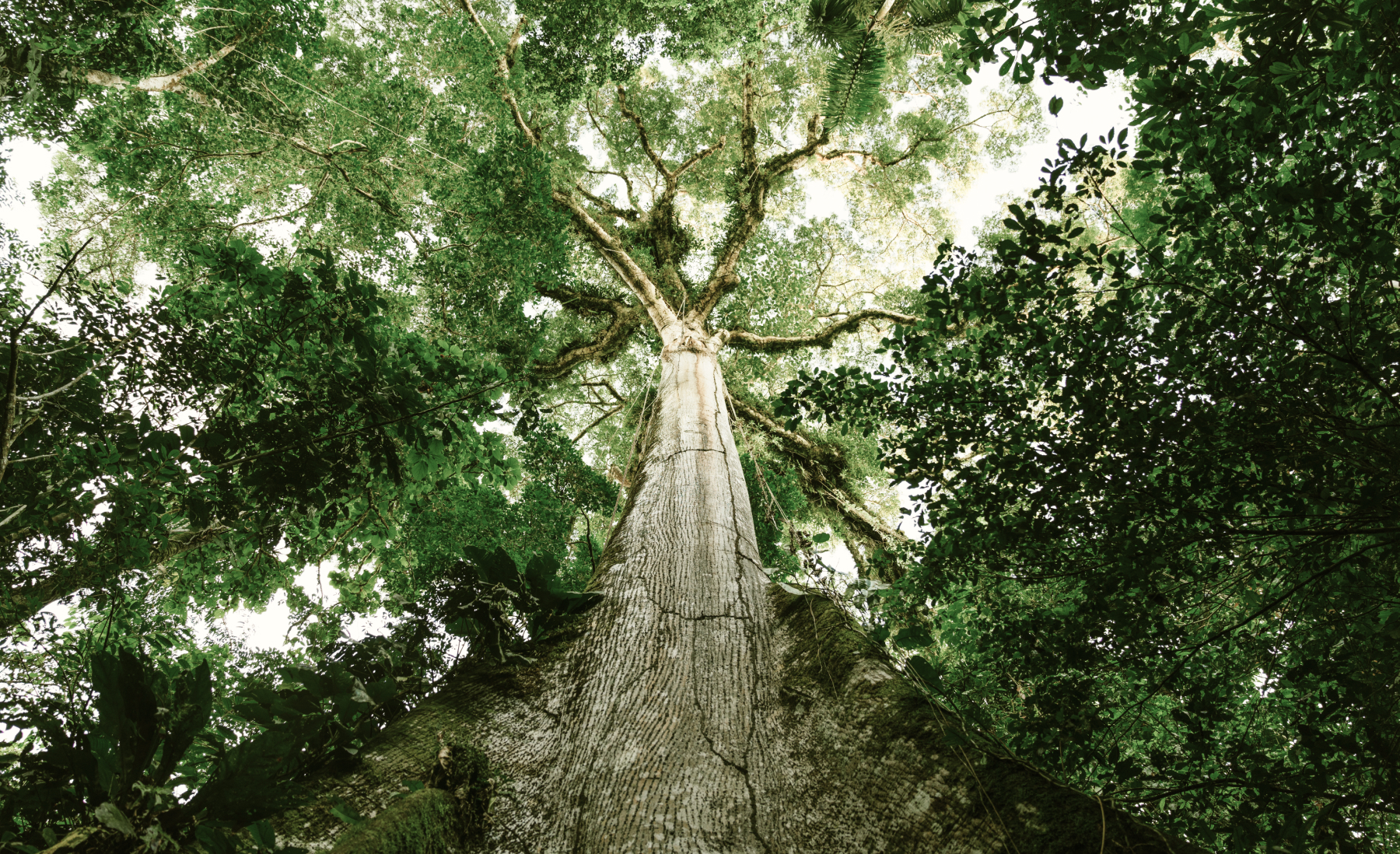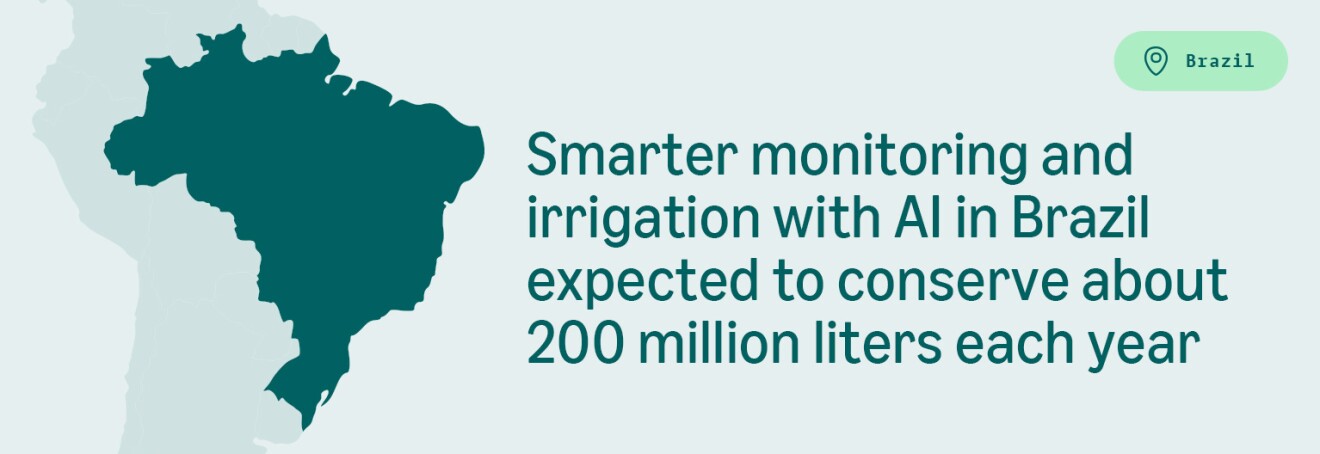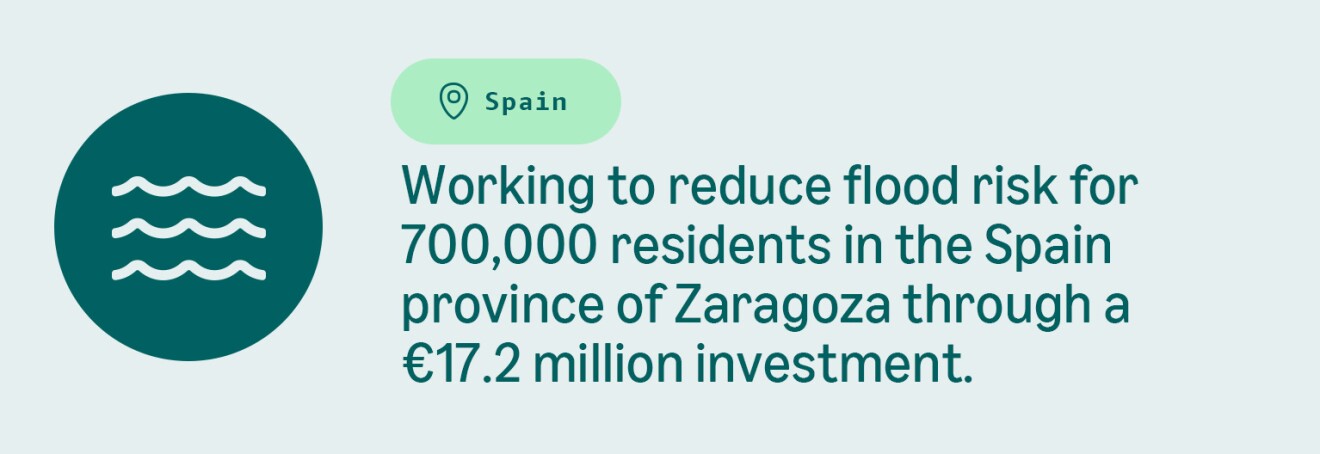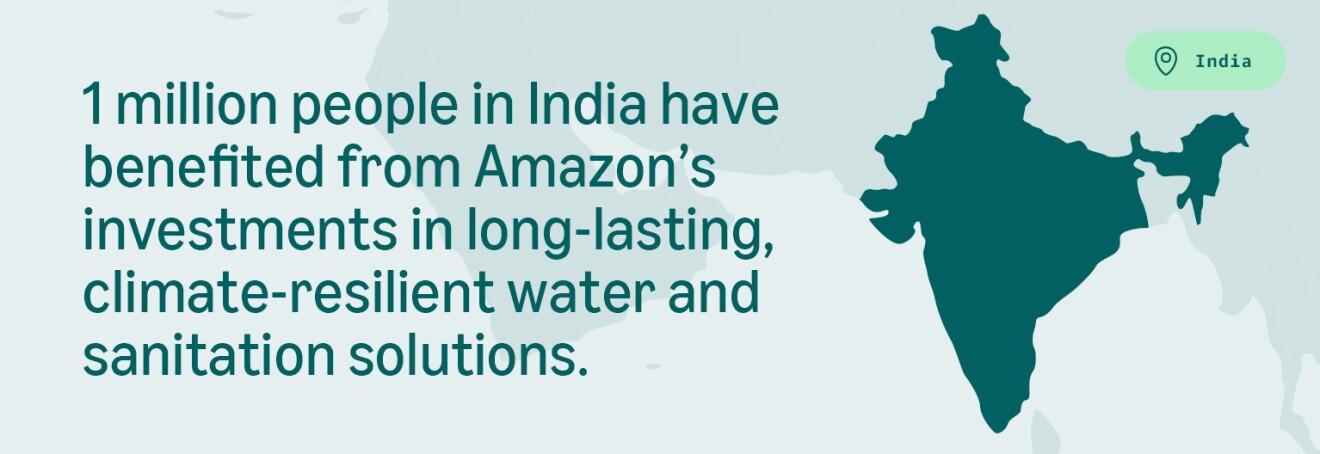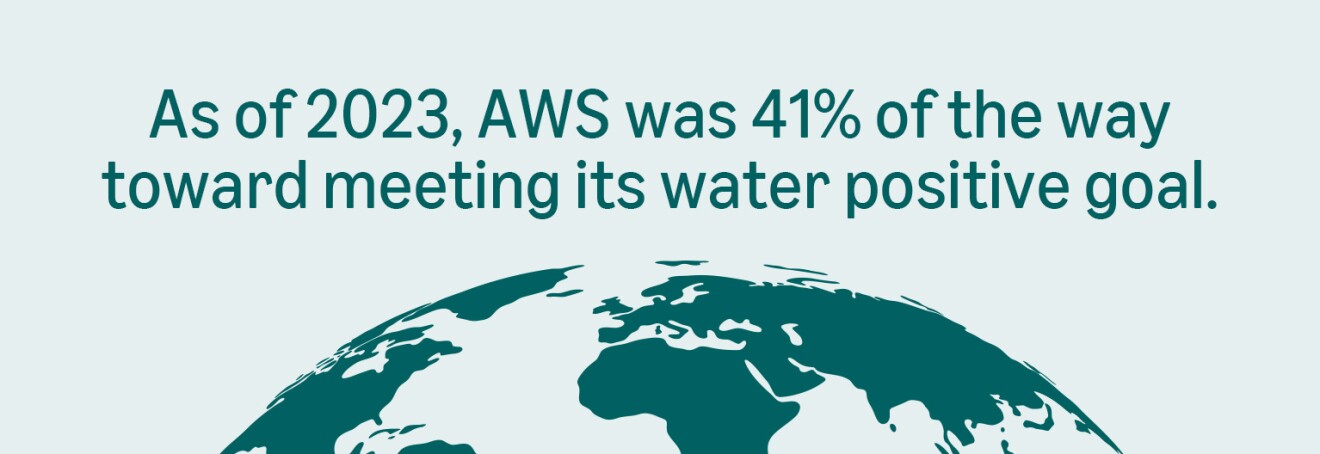September 17, 2025 9:06 AM
AWS to pioneer Hong Kong’s first recycled-water data center
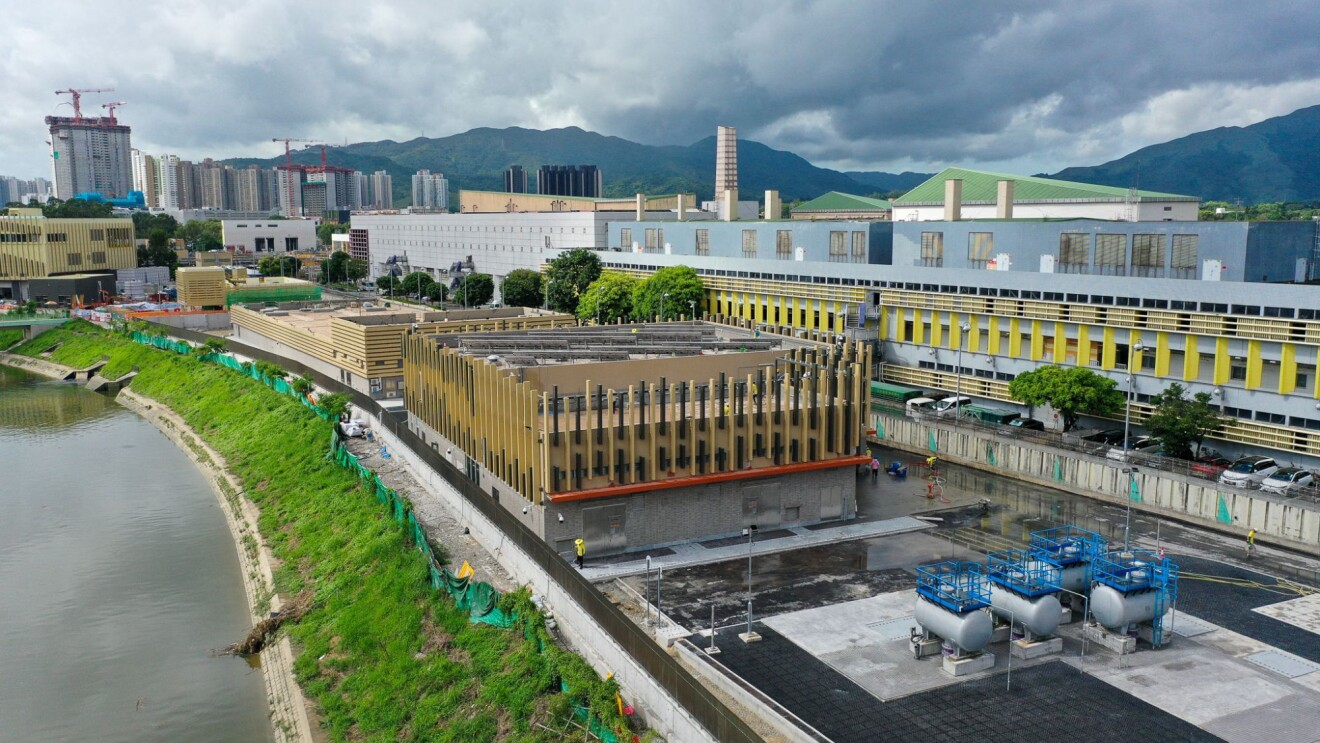
Amazon Web Services (AWS) has announced plans to open Hong Kong’s first data center that uses recycled water for cooling operations.
The data center in Hong Kong’s North District will use recycled water from a government water reclamation plant instead of using fresh water for its cooling systems, reducing demand on Hong Kong’s potable water supply.
Once fully operational, the system could save enough fresh water to meet the daily consumption needs of approximately 3,000 Hong Kong residents.
The project involves a collaboration between AWS and the Government of the Hong Kong Special Administrative Region (HKSARG). In May 2025, the Water Supplies Department, the Electrical and Mechanical Services Department, the Building Technology Research Institute, and AWS reached an agreement to use recycled water for data center cooling.
“We are excited to support AWS’s initiative to use recycled water for data-center cooling for the first time in Hong Kong,” said Roger Wong, director of water supplies at HKSARG, “which closely aligns with our strategy to expand the use of recycled water for non-potable uses.”
The project builds on AWS’s established presence in Hong Kong, where the company launched the AWS Asia Pacific (Hong Kong) Region in 2019 with three Availability Zones. The facility represents a significant milestone in AWS’s global water stewardship efforts, as the company currently uses recycled water at 24 locations and plans to quadruple this number by 2030.
The project also aligns with AWS’s commitment to become water positive by 2030, returning more water to communities than it consumes in its direct operations. As of the end of 2024, AWS was 53% of the way toward meeting that goal.
September 9, 2025 9:37 AM
Amazon launches first water projects in Mexico to address critical scarcity challenges
 From left: Ruben Mugártegui, Country Manager AWS Mexico; José Mario Esparza, Ministry of Integrated Water Management (SEGIAGUA); Shannon Kellogg, VP of Public Policy AWS; Will Hewes, Water Stewardship Lead; Diana Francés, OPS Director Mexico, and Marisa Vano, Communications Head for Amazon Mexico on August 27 in Mexico City
From left: Ruben Mugártegui, Country Manager AWS Mexico; José Mario Esparza, Ministry of Integrated Water Management (SEGIAGUA); Shannon Kellogg, VP of Public Policy AWS; Will Hewes, Water Stewardship Lead; Diana Francés, OPS Director Mexico, and Marisa Vano, Communications Head for Amazon Mexico on August 27 in Mexico CityAmazon recently announced its first-ever water replenishment projects in Mexico, located in Mexico City, Monterrey, and the Queretaro metropolitan area. These initiatives will collectively replenish more than 2.5 billion liters of water annually—equivalent to 1,000 Olympic swimming pools—by addressing one of the region’s most pressing challenges: massive water loss through aging infrastructure.
In Mexico City, where an estimated 40% of water is lost through leaky pipes, Amazon is partnering with global water technology leader Xylem to implement AWS-powered pressure management systems that identify high-pressure areas and quickly reduce them to minimize leakage. Similar technology will be deployed in Monterrey, while in Querétaro—home to a new AWS region—Amazon is working with Aquestia to install water-pressure management technology to decrease water loss through existing pipe leaks, providing immediate water savings.
“Water scarcity is one of the most pressing challenges Mexico faces today,” said Diana Francés, director of operations at Amazon. “That’s why we are continuously innovating to become more water efficient in our operations, as well as enabling community-focused projects that replenish water and build more resilient towns and cities.”
 Pressure Regulating Valve and controller used in Mexico City to automate the modulation of pressures throughout the water distribution network and reduce water leakage.
Pressure Regulating Valve and controller used in Mexico City to automate the modulation of pressures throughout the water distribution network and reduce water leakage.The technology approach is already showing impressive results in pilot areas, with the ability to not only reduce waste but also create more consistent water supply for residents who currently face intermittent service. The projects demonstrate Amazon’s commitment to addressing global water challenges beyond its own operations: a crucial effort, as many regions worldwide lose up to 30% of their water supply through aging infrastructure.
These initiatives join more than 30 water projects Amazon has launched globally and are expected to return more than 14 billion liters of water annually once completed.
August 26, 2025 6:00 AM
Smart irrigation: Amazon and Arable announce new project to save water, benefit Mississippi farmers
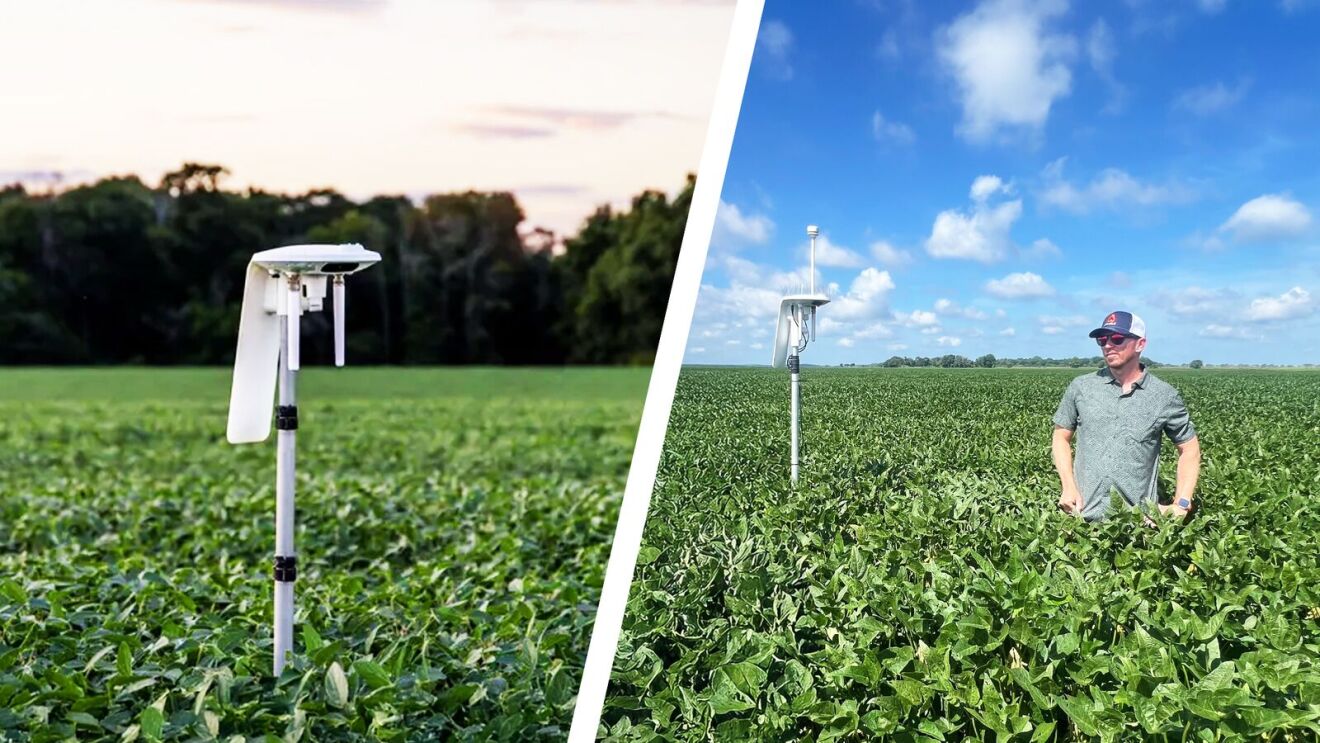
Due to land use changes, agricultural production, and climate variability, the Mississippi River Valley Alluvial Aquifer, which supplies water to approximately 7 million acres of farmland across several states, has experienced a significant decline in water levels since the 1970s. Today, we're proud to announce our first water replenishment project in Mississippi to enable more sustainable use of this critical local resource.
We're working with agricultural technology leader Arable and Mississippi State University to implement advanced irrigation efficiency solutions that will help farmers make more precise decisions about water use. Altogether, the project is expected to reduce agricultural water withdrawals by 150 million gallons annually—enough water to supply over 1,600 Mississippi households for an entire year.
“Water sustainability requires innovative thinking and collaborative approaches,” said Brandon Oyer, director of energy and water for AWS. "By helping farmers adopt precision irrigation technology, we're not only preserving a critical water resource, but also supporting the agricultural economy that depends on it."

The project equips farmers with Arable Mark 3 sensors that leverage AI technology powered by AWS. These smart sensors analyze real-time data on soil moisture, weather conditions, and crop water requirements. Using machine learning algorithms, the system processes historical patterns to deliver clear, actionable irrigation recommendations through a mobile app.
“This AI-enabled technology transforms how farmers interact with their land and water resources,” said Jim Ethington, chief executive officer of Arable. “By providing data-driven insights directly to farmers' phones, we're empowering them to make more precise water decisions."
The initiative complements Mississippi State University's Master Irrigator program, which provides advanced training to agricultural producers on sustainable irrigation practices, soil health, and water management techniques to improve efficiency and profitability.
This project will help AWS make progress toward becoming water positive by 2030 and joins more than 30 water projects Amazon has announced globally, which are collectively expected to replenish over three billion gallons of water annually.
June 25, 2025 9:01 AM
Amazon announces 400 million-liters Delhi replenishment project at inaugural Water Dialogues in India
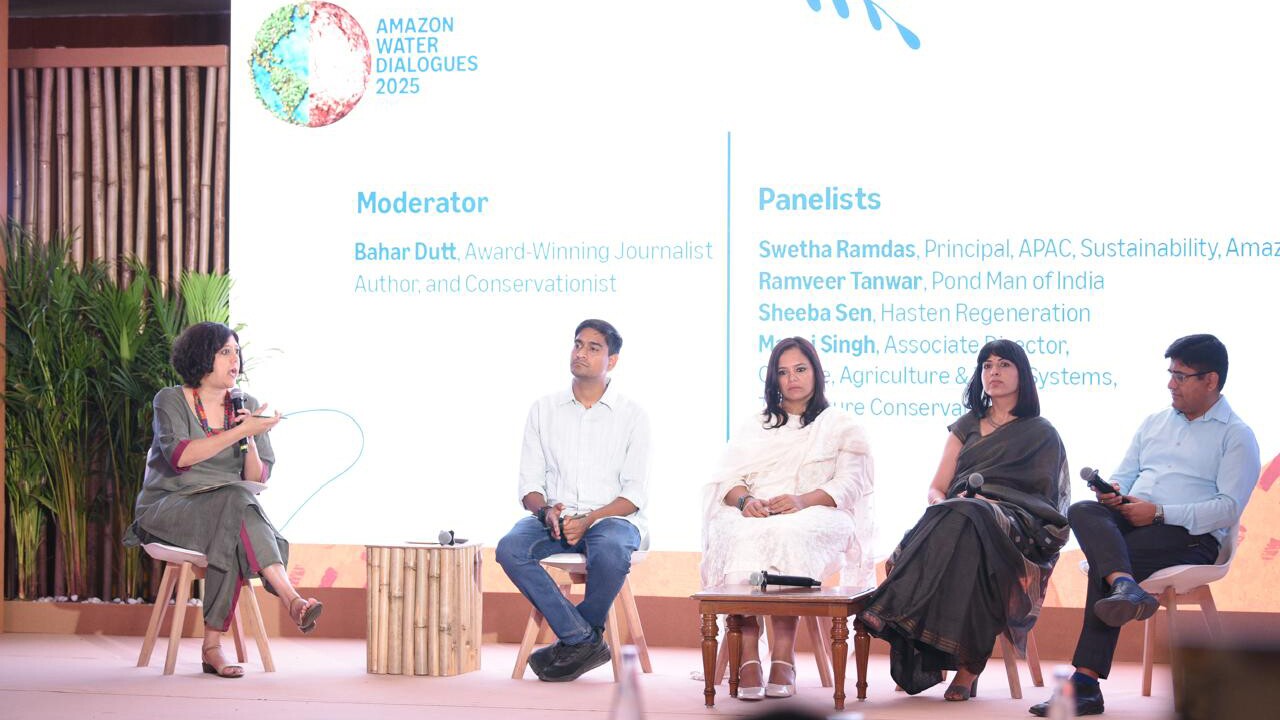
On World Environment Day, Amazon announced its first water replenishment project in the Yamuna River watershed, upstream from New Delhi. The project, a part of Amazon’s initiatives to tackle water scarcity and over-extraction of groundwater, is expected to replenish more than 400 million liters of water annually once completed. This initiative combines rehabilitation of existing infrastructure—including check dams and ponds—with construction of new water-saving structures like percolation pits and recharge shafts.
Amazon unveiled the plan at the inaugural Amazon Water Dialogues in New Delhi, bringing together policymakers, environmentalists, and sustainability experts to address one of India’s most pressing challenges: water scarcity. The landmark event at India Habitat Centre marked the beginning of a new initiative designed to foster collaborative solutions for water resilience across the country.
“Our country faces critical water challenges, with groundwater levels in New Delhi declining at an alarming rate,” said Abhinav Singh, vice president of operations for Amazon India and Australia. “This approach aims to capture monsoon runoff and replenish critical aquifers while empowering local communities as stewards of these vital resources.”
Member of Parliament Dr. Sasmit Patra highlighted the project’s significance: “The inaugural Water Dialogues marks an important step in advancing collaboration around India’s pressing water challenges. Amazon’s funding of its first water replenishment project in the Yamuna River watershed is a commendable contribution that reflects growing recognition of water stewardship as a shared responsibility.”
The event featured a panel discussion on "Water Stewardship: Unlocking Opportunities Through Shared Responsibility," moderated by award-winning environmental journalist Bahar Dutt. Panelists included ‘Pond Man of India’ Ramveer Tanwar, Sheeba Sen of Hasten Regeneration, and experts from The Nature Conservancy and Amazon Sustainability.
Since 2020, Amazon’s water initiatives in India have benefited more than 1 million people with climate-resilient water and sanitation solutions. These projects are one way Amazon plans to replenish more water to communities in India than it uses by 2027.
The Water Dialogues initiative will continue as an annual forum for cross-sector collaboration on innovative, community-driven solutions to India’s water challenges.
June 12, 2025 1:09 PM
Amazon breaks ground on Swedish wetland project to enhance water quality and community resilience
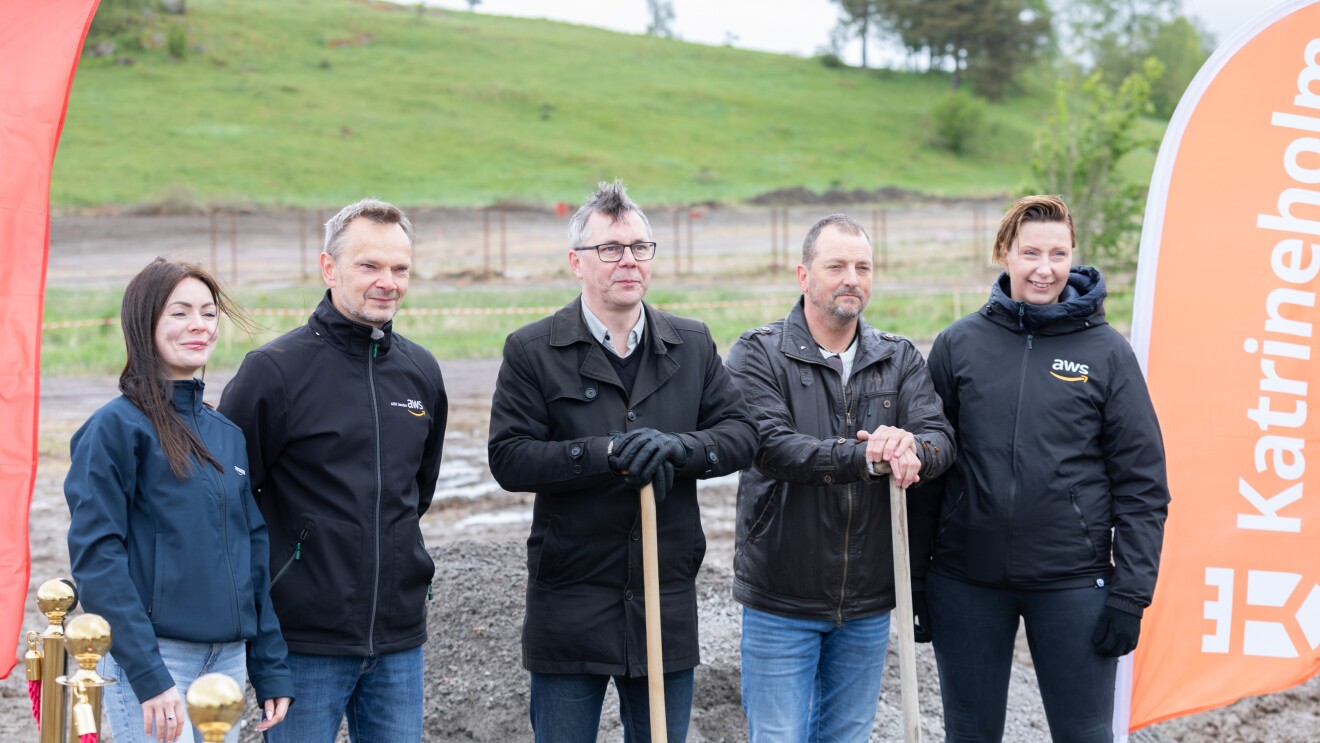
Amazon Web Services (AWS) joined local officials today to break ground on an innovative water replenishment project outside Katrineholm, Sweden, marking a significant milestone in our commitment to water stewardship across the communities where we operate.
The $4 million investment will support critical stormwater infrastructure upgrades, the creation of a new wetland, and community recreational area in Stora Djulö. Once completed in 2026, the project will help reduce flooding risks, improve water quality in nearby lakes, and enhance biodiversity throughout the local ecosystem.
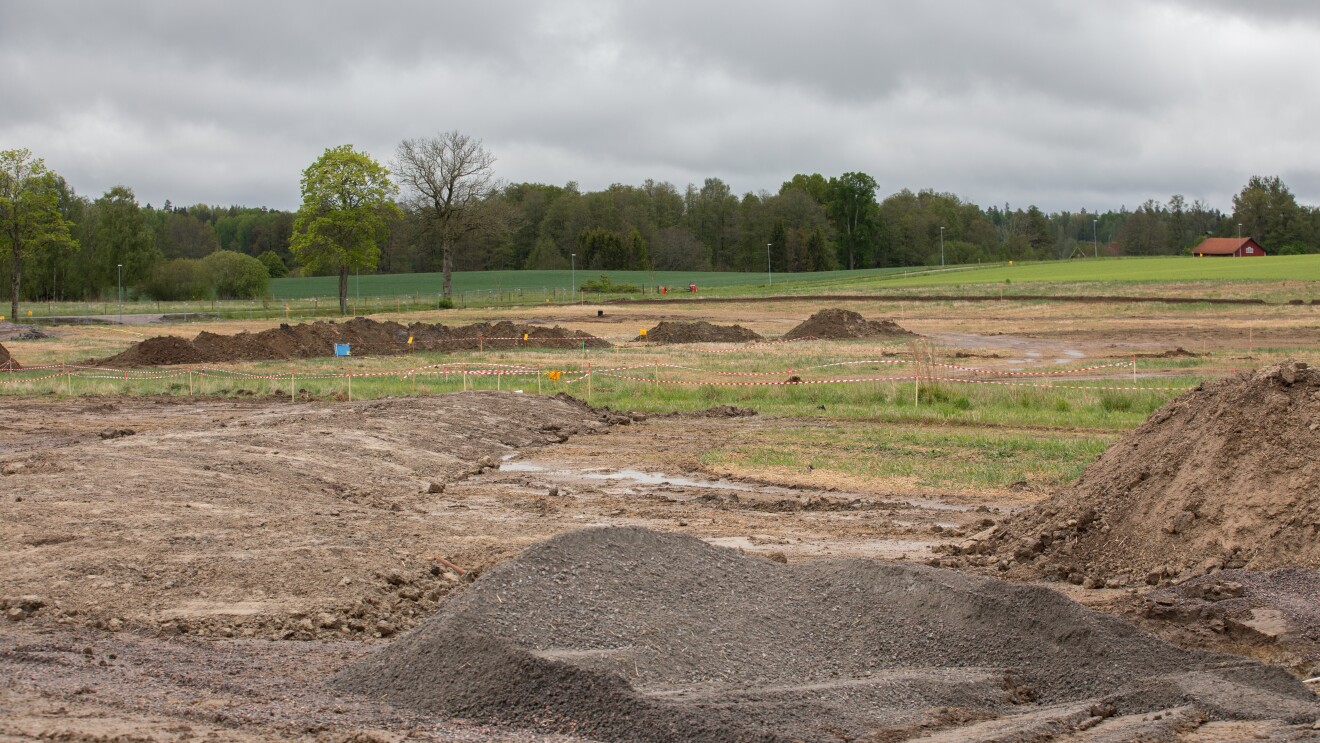
"This groundbreaking represents more than just a water management solution—it's about creating lasting environmental benefits for the Katrineholm community," said Clare Biddle, senior manager, Energy and Water for AWS in Europe, Middle East and Africa. "By supporting natural infrastructure that helps manage stormwater while creating new habitats, we're demonstrating our commitment to being a good neighbor and responsible water steward."
The project emerged from collaboration between AWS, the municipality of Katrineholm, and the regional water utility company, Sörmlands Vatten. In addition to its environmental benefits, the wetland will provide new recreational opportunities for local residents and serve as an educational resource for schools and researchers.
“Breaking ground at Djulö Wetland marks the start of a long-term investment in nature and climate resilience,” said Maja Larsson, project manager at the Municipality of Katrineholm. “This has been made possible through a successful collaboration with Amazon—a partnership turning sustainability goals into real impact.”
Once completed, the Katrineholm wetland will join Amazon's portfolio of 28 water replenishment projects globally, which together is expected to return more than 9 billion liters of water annually to communities. As the project develops over the coming years, AWS will continue working with local partners to ensure the wetland delivers maximum benefits for water quality, flood protection, biodiversity, and community enjoyment.
June 9, 2025 2:55 AM
Amazon to expand water recycling at data centers to over 120 locations across the US

Today, Amazon announced we will expand our use of water recycling to more than 120 locations in states and counties where we have data center operations by 2030. By scaling our use of recycled water—water that has been previously used and treated—we expect to preserve over 530 million gallons of drinking-water supply in our communities throughout the U.S. each year while building a more sustainable cloud for our customers.
“We are deeply committed to being good members of our communities, and doubling down on preserving freshwater resources is one of the ways we can demonstrate that,” said Kevin Miller, vice president of global data centers for AWS. “By significantly expanding our recycled-water infrastructure, we’re aiming to advance technological innovation while still prioritizing environmental stewardship.”
AWS has previously used recycled water in Virginia and California and is now expanding those efforts to more places in Virginia, as well as in Georgia and Mississippi. AWS is a pioneer of this approach by working with a local Virginia water utility to become the first data center operator in the state approved to use recycled water with direct evaporative cooling systems. This practice has helped AWS use up to 85% less water than conventional methods.
“AWS’ new initiative will support communities by easing pressure on local water systems while meeting the needs of the rapidly growing AI economy," said Howard Carter, president of Water Environment Federation (WEF). "As part of our strategy to advance the circular water economy, the Water Environment Federation encourages public-private collaboration to drive innovative water solutions. AWS’s commitment to recycled water exemplifies how the private sector can work with communities to build a more resilient water future.”
This expansion supports AWS’s commitment to be water positive by 2030, returning more water to communities than it uses in its direct operations. As of 2024, AWS reached 53% of the way toward meeting this goal.
May 29, 2025 7:59 AM
Amazon to work with local tribes and conservation groups to keep water in streams and help wildlife
 Photo of Birch Creek. Source: Confederated Tribes of the Umatilla Indian Reservation.
Photo of Birch Creek. Source: Confederated Tribes of the Umatilla Indian Reservation.Water, a precious resource, is deeply connected to people’s livelihood. As a data center operator in eastern Oregon, we've seen firsthand how rivers and waterways sustain local communities and wildlife. That’s why we’re excited to announce Amazon's first water replenishment project in Oregon, as AWS continues to make progress towards its commitment to being water positive by 2030.
The project features a water-leasing program that will be implemented through close coordination with the National Fish and Wildlife Foundation, Trout Unlimited, and the Confederated Tribes of the Umatilla Indian Reservation (CTUIR) to benefit Birch Creek, a critical tributary of the Umatilla River in eastern Oregon. The voluntary program compensates willing landowners for leaving water in the natural watershed instead of diverting it for other uses, helping to restore instream flows.
“At Amazon, we aim to be a good water steward everywhere we operate,” said Will Hewes, water sustainability lead at Amazon. “We deeply appreciate what water resource availability and wildlife conservation mean to the eastern Oregon community. By investing in local water resources, we're not just helping to restore crucial habitats, we're contributing to the overall health and wellbeing of the families who live there.”
The project is expected to increase water flow in Birch Creek, supporting ongoing habitat restoration efforts. Once completed, the project is expected to replenish 325 million gallons, or 1,000-acre feet, of water each year to the Birch Creek watershed.
“Birch Creek is one of the foremost breeding grounds for Mid-Columbia steelhead trout in the Umatilla Basin. By restoring water flows, we're helping maintain fish passage from the Umatilla River up to prime spawning grounds in Birch Creek,” said Anton A. Chiono, Habitat Conservation Project Leader at the Department of Natural Resources with the CTUIR. “Restoring instream flows is crucial for steelhead recovery, and other local wildlife, especially when facing water scarcity challenges.”
March 19, 2025 2:00 AM
Tackling global water scarcity: Amazon’s commitment to water replenishment
Water sustains life on Earth, yet roughly half of the world’s population is experiencing severe water scarcity, with more than 2 billion people without access to safe drinking water.
Every year on March 22, World Water Day emphasizes the importance of global collaboration to protect our most precious shared resource. For Amazon, this day also serves as an opportunity to raise awareness about global water challenges and showcase our investments and innovations aimed at addressing widespread water scarcity issues.
Conserving water in our operations and returning water to communities
Amazon aims to be a good water steward everywhere it operates. For example, Amazon recently set a goal to replenish more water than we use across our India operations by 2027, and is committed to being “water positive” across all AWS data centers by 2030.
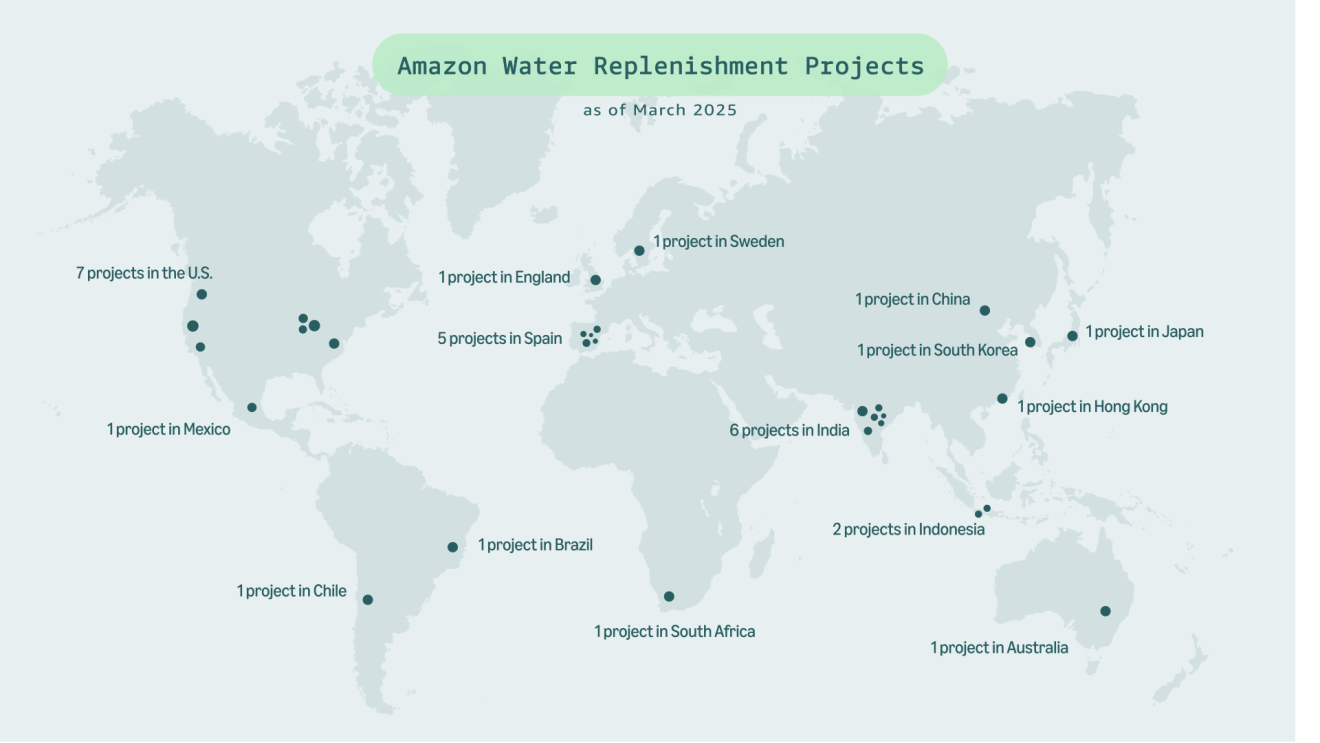
We’re reducing our water footprint by increasing the efficiency of our water use throughout our operations while also investing in ways to replenish water in our communities. Some examples:
- Amazon scaled harvesting and reuse solutions in its fulfillment centers, sort centers, and delivery stations around the world. We’ve also created a global water metering and leak detection program, with one pilot in the United Kingdom saving an estimated 700 million liters of leaked water over two years.
- The Boss Defrost’s powerful circulating pump system recycles meltwater instead of letting it run down the drain. Whole Foods Market stores in the Denver area with Boss Defrost systems installed saw overall store water usage decrease by an average of 12% between 2021 and 2022.
- In many of its data centers AWS uses direct evaporative cooling and free-air cooling systems to remove heat from servers in data centers. Recycled water is also used for cooling at 24 data centers worldwide, preserving valuable drinking water for communities and the environment.
- Amazon’s global corporate offices are increasingly using recycled water and low-flow fixtures. For example, at HQ2 in Arlington, Virginia, by capturing and reusing rainwater, shower water, and HVAC condensate, the building is expected to achieve 50% water savings below building code, and recycle 7.5 million gallons each year.
- Globally, Amazon’s 27 water replenishment projects are expected to return more than 8 billion liters of water annually once completed. These projects expand access to clean water and sanitation, improve water quality, and increase the water available to water-stressed communities. Some of these projects are already under way, while others are just commencing.
- For example, earlier this month we announced three projects in Spain that are expected to reduce flood risk for 700,000 residents in the province of Zaragoza, modernize critical infrastructure, and optimize agricultural water use through artificial intelligence (AI). And in India, Amazon has invested in five projects, including partnering with the global nonprofits Water.org and WaterAid to bring clean water and sanitation to over 250,000 people surrounding our regions there.
01 / 05
Sharing what we’ve learned
To help other companies take similar steps to reduce water usage, we’ve created a public water stewardship program playbook available through the Amazon Sustainability Exchange. This resource is meant to be a starter guide for any organization looking to establish a similar water stewardship program.
